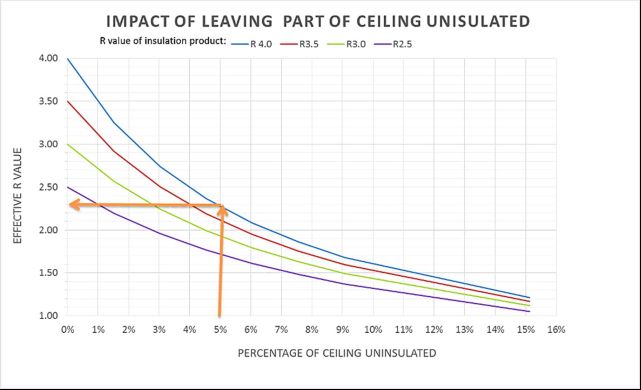On this page:
The most common forms of lighting found in homes are light-emitting diodes (LEDs), fluorescent globes and halogen globes. Incandescent (tungsten filament) globes were the most common form of lighting for decades but have been phased out over recent years to be replaced by more efficient types.
These can either be recessed into the ceiling (downlights), ceiling-mounted (pendant or track lights) or wall-mounted lights (sconces or track lights).
Light globes
Light Emitting Diode (LED)
LEDs are highly efficient globes with a very long life and come in many forms. LEDs can replace existing globes in general-purpose lighting fixtures (for example, bayonet or Edison screw) or downlight fittings.
LEDs also come in many colours of light. 'warm white' globes are similar to the colour of the older style incandescent globes. If you need more clarity for fine work or definition of objects, you may choose 'cool white' coloured globes.
Fluorescent
Fluorescent globes are also very efficient and have only recently been surpassed by LEDs.
Fluorescents can take the form of tubes, circles or more compact forms that can be used in general purpose fittings.
Compact fluorescent lamps (CFLs) can be used as replacements in general-purpose lighting fixtures, although size constraints can limit the style and brightness of CFL you can use.
Incandescent
Incandescent globes are now rarely found in general fixtures, but are more common in specialised fixtures such as chandeliers or outdoor floodlights. Incandescent globes are inefficient, typically using 6 or more times the energy of an LED and can generally be replaced with LEDs or CFLs.
Halogen
Halogen lamps are most often found in recessed downlights or track lighting, but there are also versions available to use in general light fixtures. Halogens typically use 6 or more times the energy of an LED and generate a large amount of heat.
Light fittings
Recessed light fittings
Most older style recessed downlights bring a few different issues to the energy efficiency performance of the house.
If they contain halogen globes, they will be using a lot of energy and generating a lot of heat.
For this reason, insulation must be kept well clear of the part of the light fitting that protrudes into the roof. This means that the ceiling insulation in rooms with many recessed fittings is likely to perform poorly. Even small gaps in insulation can lead to a large drop off in efficiency.

Gimballed downlight fittings (those that have an adjustable centre piece) and the larger style of recessed light common from the 1970s and 1980s often have significant gaps to allow heat from the lamp to escape. These gaps also allow air leakage from the room below in winter and from the roof cavity into the room in summer.
Track lighting
Older styles of track lighting (downlights) may still contain halogen globes which use a lot of energy. Track lighting does not have the same problems as recessed downlights in terms of gaps around the lamp or in insulation because they are attached to the underside of the ceiling.
Improving the performance of your lighting
Replace ceiling- and wall-mounted globes with LEDs. These are widely available through supermarkets, hardware and lighting stores. They will give you an instant reduction in energy consumption.
When replacing recessed fittings there are four options:
- Replace the globe in the existing fitting. Note that when replacing low-voltage halogen globes with LEDs, there may be incompatibilities between your existing transformer and the LEDs. This can lead to poor performance or flickering. This option will not solve the issue of gaps in insulation or air leakage through the fitting.
- Replace the transformer and the globes. This will not solve the issue of gaps in insulation or air leakage through the fitting.
- Replace the whole fitting with a sealed LED unit. New fittings have ratings that either allow insulation to be placed against the sides or over the top of the fitting. Make sure you check the fittings insulation contact rating (IC).
- Replace recessed fittings with non-recessed fittings such as track lighting, pendant lighting, ceiling-mounted or wall-mounted lighting.
Consult your electrician for advice on the requirements for fittings and insulation.
Learn more about staying cool in summer and warm in winter, and consider these ideas when planning renovations and upgrades.
Other ways to save
Cut lighting power bills by:
- turning lights off in rooms when not in use
- using task lighting like reading lamps and turn off the main lights in the room
- ensuring low wattage sensor lamps are used if night lights are required for small children or in stairwells, rather than leaving a room light on
- choosing a lighter colours for ceilings and walls if re-painting as light coloured surfaces reflect more light
- placing new lighting circuits that allow you to choose which lights you have on in a room if you are renovating. The more flexibility you have to turn some lights off, the lower your energy costs will be
- checking to see if there are any government funded schemes that will change your light bulbs to more efficient ones
Learn more
For more information about the impact lighting can have, download the Lighting improvements factsheet.
Please contact the team to request an accessible version of this factsheet: scorecard@deeca.vic.gov.au

Page last updated: 01/08/24